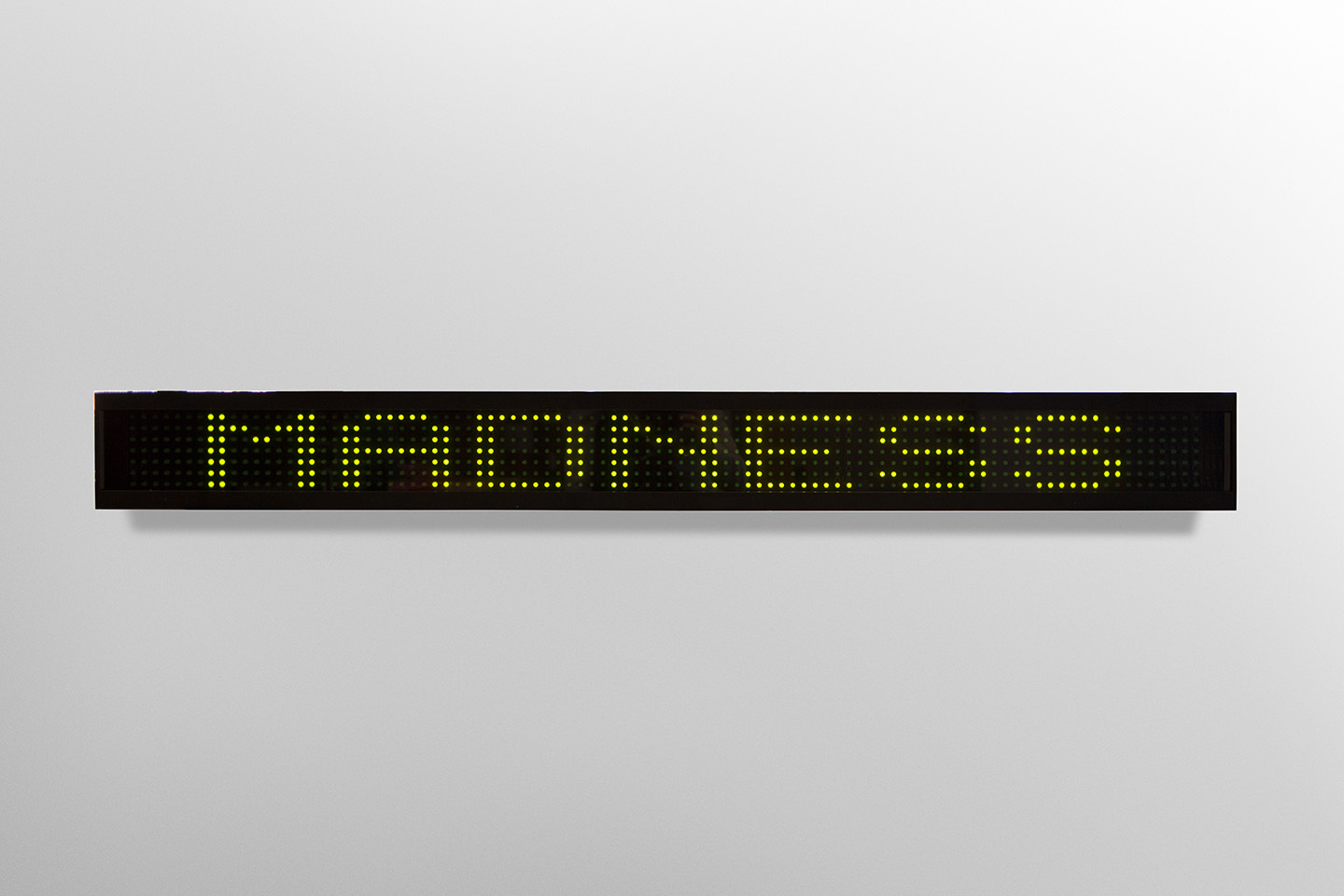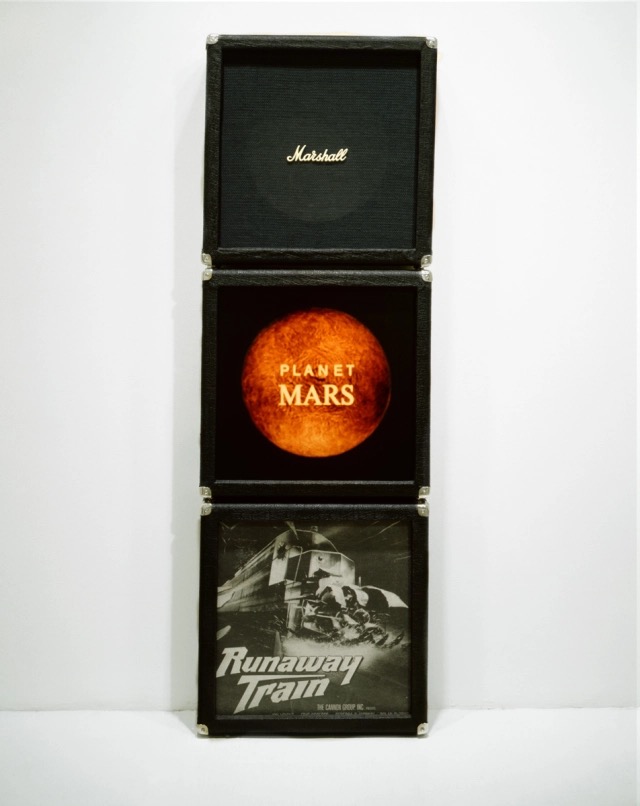Free and open to the public. Thursday to Sunday, 10AM—6PM.
150 Camp St, San Antonio, TX
Free and open to the public. Thursday to Sunday, 10AM—6PM.
150 Camp St, San Antonio, TX

Ruby City is pleased to announce the acquisition of three new works to the Linda Pace Foundation Collection by three internationally-acclaimed female artists. Gifted by Alice Kosmin, these works deepen the collection’s holdings of multi-media and installation-based works, which founder Linda Pace fostered in her lifetime. This gift includes the first work by Jennifer Bolande to enter the Foundation’s Collection and augments holdings of works by Jenny Holzer and Liz Larner.
“In this moment when women’s achievements and rights are at the fore of many conversations, I am proud to add works to the Linda Pace Foundation/Ruby City Collection by these accomplished artists who challenge our ideas about art and society. We are incredibly grateful to Alice Kosmin for gifting these terrific sculptures. Having broken barriers herself, as one of the first female financial executives in New York City, it is no wonder she and her husband assembled such a progressive (and visually rich) collection featuring many female artists. This progressive spirit matches that of our late founder Linda Pace and therefore these gifts resonate with our Collection and vision,” said Elyse A. Gonzales, director of Ruby City.

Marshall Stack (1993) is the first work by Jennifer Bolande to enter the Foundation’s permanent collection. Bolande is credited with being among an early group of artists who developed photo-based objects, much like you see in this work which incorporates found imagery and sections of audio speakers. Bolande’s works strengthen the Foundation’s holdings in Pictures Generation-affiliated artists such as Sarah Charlesworth, Anne Collier and Paul Pfeiffer, all of whom have used appropriated imagery to deconstruct and challenge preconceived ideas about art, society and the media. Additionally, Bolande’s relationship to sound and use of speakers and instruments dovetail nicely with the work of Christian Marclay, whose work is also part of the Collection.

In Survival Series (1985) Holzer incorporates an LED sign which lays bare the artist’s searing observations of our society and culture. The LED’s running text discusses the dangers of power and describes the experienced precarity of common folk. Unlike other works that followed, this LED includes images which offset the text. Pace, was a fan of Holzer’s and acquired a modest print from the Inflammatory Essays series which Holzer created from 1979-82. The scale and format of that print preceded Holzer’s development of the LEDs. Gonzales stated, “We feel privileged to be able to expand the artist’s representation in the collection and to have such an important work that represents Holzer’s artistic development.”
Larner’s Torque Chain Between F & W, (1991) is a sculptural installation situated in a corner and featuring perfectly taut chains that literally pull at both the floor and wall. For Larner, this installation portrays the sculptural concept of “perfect balance,” as the artist states. If the chains are too tight the walls and floors can be damaged, but if too loose they will droop. This sculpture will complement a 2014 ceramic work by Larner in the Foundation’s collection which represents violent, geologic movement. Torque Chain with its minimalist, industrial nature is an excellent and much earlier counterpoint to this more recent example, demonstrating Larner’s longstanding investigation of sculpture in all its forms.